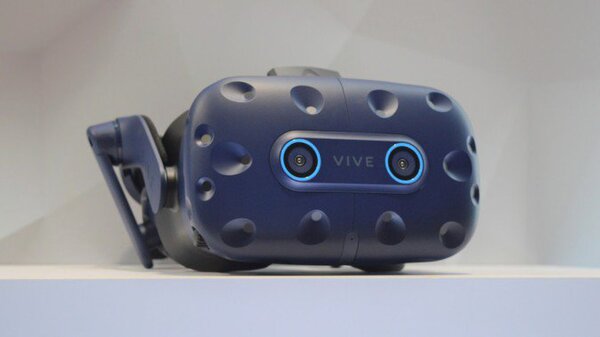
And in the next few years, every VR and AR headset in existence will probably have it, too. Mixed-reality headsets like the Magic Leap One and possibly the next-gen Microsoft HoloLens will include it. Qualcomm's next-generation mobile VR headsets are expected to have eye tracking. It sounds like eye tracking will largely be a tool used to study engagement, improve graphics and also help improve controls (if I can look at something and then move my hand to control that one thing, it will massively improve aiming). The Vive Pro Eye is aiming for enterprise markets (which makes sense, since the Vive Pro Eye is expected to cost more than $799 for the headset alone), and Tobii's already built analytics tools using eye tracking to help examine how people interact with advertisements or store layouts. But the Vive Pro Eye is the first VR mass-market hardware with eye tracking available standard.
#Htc vive eye pro upgrade
I've used Tobii eye tracking on Vive headsets before this, and it's been available as an upgrade option for those who wanted it. Tobii, a prominent eye-tracking technology company, built its tech into the HTC Vive Pro Eye. But it was.Įye tracking has been a promised feature in VR and AR for years, and has been available previously in modified VR headsets.

From that point on, it was hard to tell that eye tracking was even happening.

I've gone through enough eye-tracking setups to know that it would work better on my glasses if loosened just a bit. It's otherwise very similar to the existing high-end Vive Pro headset that HTC introduced in 2018. This was the HTC Vive Pro Eye, a new model introduced at CES this month in Las Vegas, that adds full-on eye-tracking. I knew the Vive headset I was wearing was too tight.


 0 kommentar(er)
0 kommentar(er)
